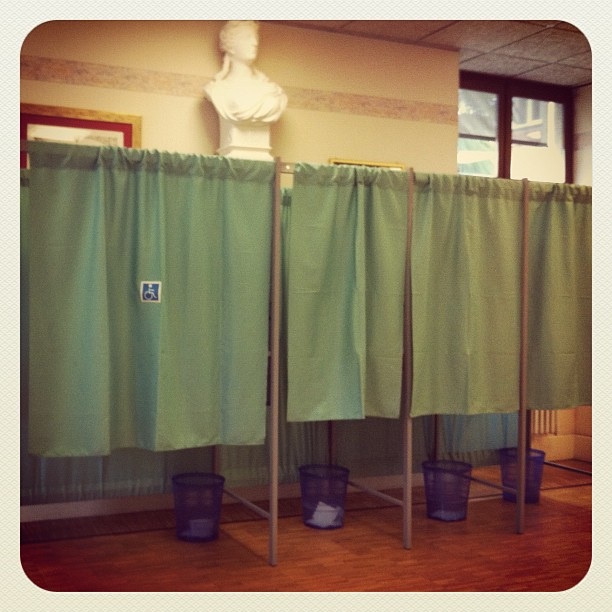| Interpreting election results is hard, and it’s especially so when your state is considered in play. Remember how, after waiting weeks for people in Florida to interpret chads in 2000, the nation was supposed to turn to touch-screen computers that would make results instantaneous? The big worry in the future would be how to keep folks in California from knowing who won before they even left work. Well, forget that. The future is here, and many of us vote by mail with a low-tech pen. A chunk of ballots aren’t delivered until after Election Day. It takes time to count them. More than a week on, we still don’t have final answers. |
| | To much of the world, a persistent story line to come out of Utah is that voter turnout dropped, and that this is further evidence that Utahns, and members of The Church of Jesus Christ of Latter-day Saints in particular, who normally vote Republican, were disgusted with Donald Trump. Britain’s Telegraph pushed this narrative on Monday with a story that said, of all 50 states, “Utah saw the biggest decrease in voter turnout this year …” and that this “can be chalked up to Donald Trump having alienated the large Mormon population in the state.” The publication said only 46.4 percent of eligible Utah voters cast ballots. The reality is turning out to be quite different, according to state elections director Mark Thomas. While a religious breakdown isn’t available, Thomas told me on Wednesday that the final numbers will show a larger percentage of eligible voters here cast ballots than in 2012, when favorite son Mitt Romney was one of the choices. Thomas said the state has about 1,933,000 people of voting age, according to Census figures. As of Wednesday, about 1,100,000 ballots had been counted, but in Salt Lake County about 46,000 mail-in ballots remain. Conservatively estimating that perhaps 1,000 of those might be deemed ineligible for one reason or another, the final total would push voter turnout to more than 57 percent. That’s higher than the 55.5 percent that voted in 2012, and Thomas said he guessed it would put the state “closer to the middle of the pack” nationwide. “There is no way we’re going to be the lowest,” he said. He also added the obvious, “I would agree that we shouldn’t say “Yea! We’re going to be middle of the pack!’” Final figures will be posted Tuesday, but it’s safe to say Utahns, while not specifically turned off by this election, still are not wild about participating in democracy. The same can be said nationally, where some experts predict a turnout of about 58 percent, slightly less than four years ago. Voting looks about as popular as helping a friend move on a Saturday morning, slightly less if you account for the promise of free pizza. This is what makes all those protests about the Electoral College and the popular vote so tricky. In the end, it appears perhaps neither Trump nor Hillary Clinton will have been endorsed by even 30 percent of the people who could have voted. Yes, I know all the arguments about how simply getting people to vote should not be the aim. The idea is to get informed voters to cast ballots. I agree, but at some point low voter turnout can morph democracy into something else, such as government by the few engaged elite. Utah’s low turnout gets blamed on the dominance of the Republican Party. That seems plausible, but it also presents a problem with no easy solution. Thomas offers an interesting insight into the idea that it’s useless to vote when you know your candidate will lose. In his experience, he said, politicians pay close attention to the final vote. Those who win by slim margins end up governing differently than those who win in landslides. In that sense, your vote does count, even if Republicans always win. That thought alone may not boost turnout, but at least for now we can hope the good news, that Utah saw a meager increase in turnout this year, will signal the start of a trend. |


 RSS Feed
RSS Feed

